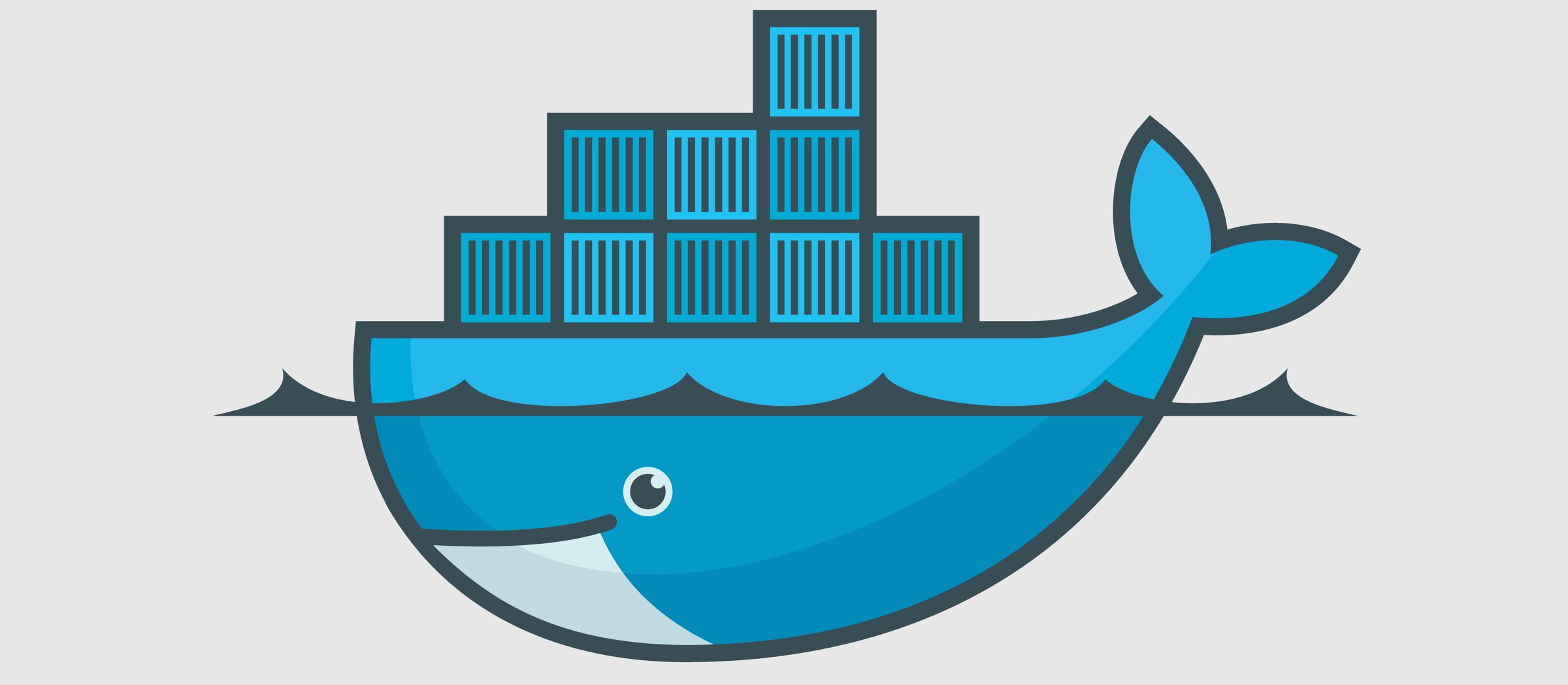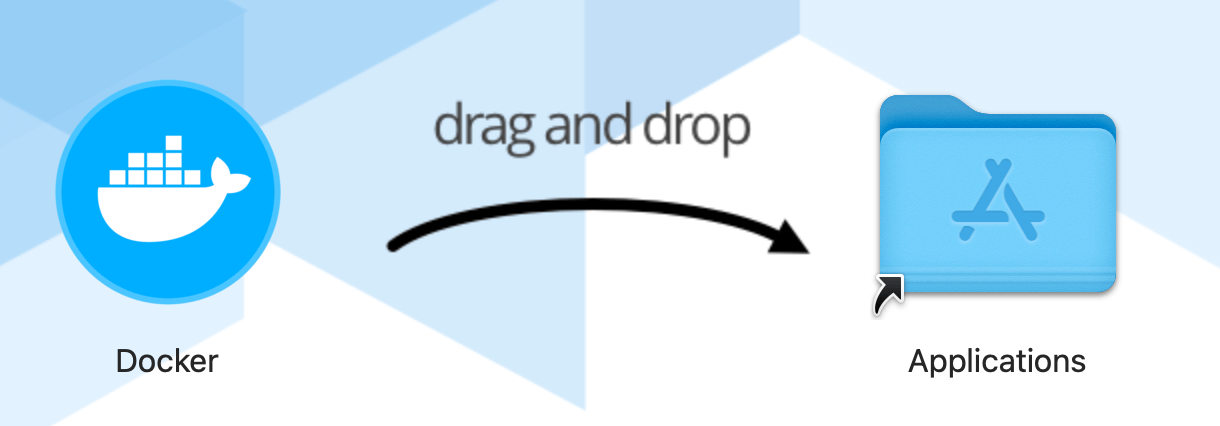
Native NFSĪ quick test reveals that we can see that we can extract ~100% performance improvement.

Below are couple of tips to improve performance of your containers. And if your application is large then you definitely have hit the the severe performance issues with mounted volumes.
#Docker macos mac os
I created a Podman symlink in a local bin directory, so I had to play around with the first export line to ensure it found my Podman executable.If you are a Mac OS user and use containers as part of your development you would most likely be using Docker Desktop on Mac. You may not need to do this depending upon where your Podman executable is located. So, I opened up Automator on my Mac, chose Open an Existing Document., and opened up the Seals app. I then tried my Seals macOS app, and I got an interesting podman not found error. The new pman script needed a couple of tweaks to use podman machine: #!/bin/bash In that article, I created a Bash shell script called pman to start and stop my VirtualBox and Vagrant setup quickly, and I created an application named Seals to make the script easier to run. Now that podman machine was working great on my Mac, I wanted to be sure the Seals macOS app I used in the previous article worked. All I needed to do was to nuke the CONTAINER_HOST and CONTAINER_SSHKEY lines from my ~/.zshrc file, and podman machine start worked as advertised. Well, sure enough, there it was in step 6! Global variables were still telling Podman to use the Vagrant SSH key setup. Since I can't remember what I had for breakfast today, let alone something I did months ago, I went back to my previous article to see if anything I did might force Podman to use that Vagrant private key. failed to create sshClient: Connection to bastion host failed.: dial tcp 127.0.0.1:2222: connect: connection refused Please verify your connection to the Linux system using `podman system connection list`, or try `podman machine init` and `podman machine start` to manage a new Linux VMĮrror: unable to connect to Podman. INFO podman filtering at log level debugĭEBU Called ps.PersistentPreRunE(podman -log-level=debug ps)ĭEBU SSH Ident Key "/Users/dmeurer/Dev/images/podman/.vagrant/machines/default/virtualbox/private_key" SHA256:EhLJssA0acBO7LQVx8UrHzQPeVXB2gwn+a+wXdOaCKY ssh-rsaĭEBU Found SSH_AUTH_SOCK "/private/tmp/6hyl78H5X/Listeners", ssh-agent signer(s) enabledĬannot connect to Podman. So, I ran the following command to get more debug information: $ podman -log-level=debug ps I quickly changed the default and removed the Vagrant connection, but I still got the same error. I noticed the Vagrant connection still existed as the default connection. I decided to look at my old Vagrant connection by running: $ podman system connection list I reran the podman machine start command, but it still was not happy, saying it was unable to connect due to a failed sshClient error. This version definitely solved the gvproxy error, but here's where my Vagrant setup tripped me up.

NOTE: This is a fairly recent issue, and it may be resolved in newer Podman releases. When I ran this, the init command worked like a charm, but the start command wasn't happy and told me so: Error: unable to start host networking: "could not find \"gvproxy\" in one of "Īfter a couple of internet searches, I found a recommendation to add the following line to the ~/.config/containers/nf file: helper_binaries_dir= If you are anything like me and want results fast, go ahead and run these commands after the upgrade: $ podman machine init
#Docker macos upgrade
The first thing to do is to get the latest version of Podman by running: $ brew upgrade podman I am going to assume you installed podman using Homebrew. Here are some tips I found when moving over to podman machine hopefully, by sharing them I will help some folks out! From Vagrant to podman machine As I was moving from my VirtualBox/Vagrant setup, I wanted to revisit this topic in case your design is similar to mine. Using the podman machine command's functionality is so much easier now, as Brent Baude explains in How Podman runs on Macs and other container FAQs.




 0 kommentar(er)
0 kommentar(er)
